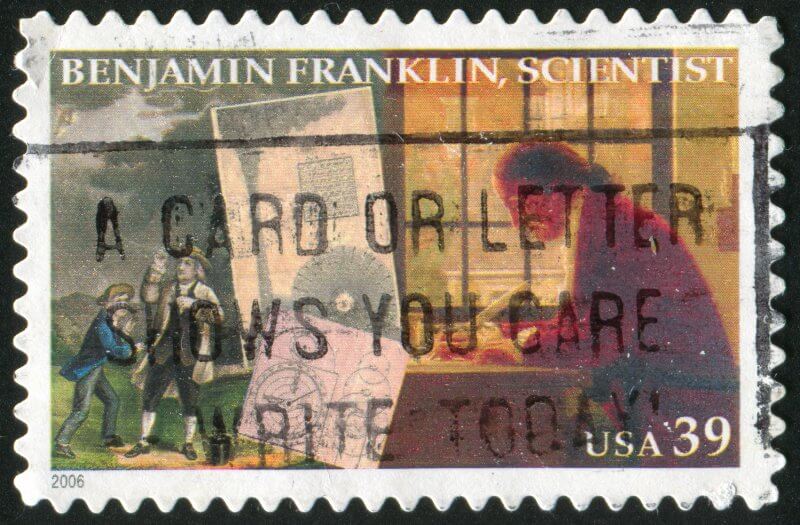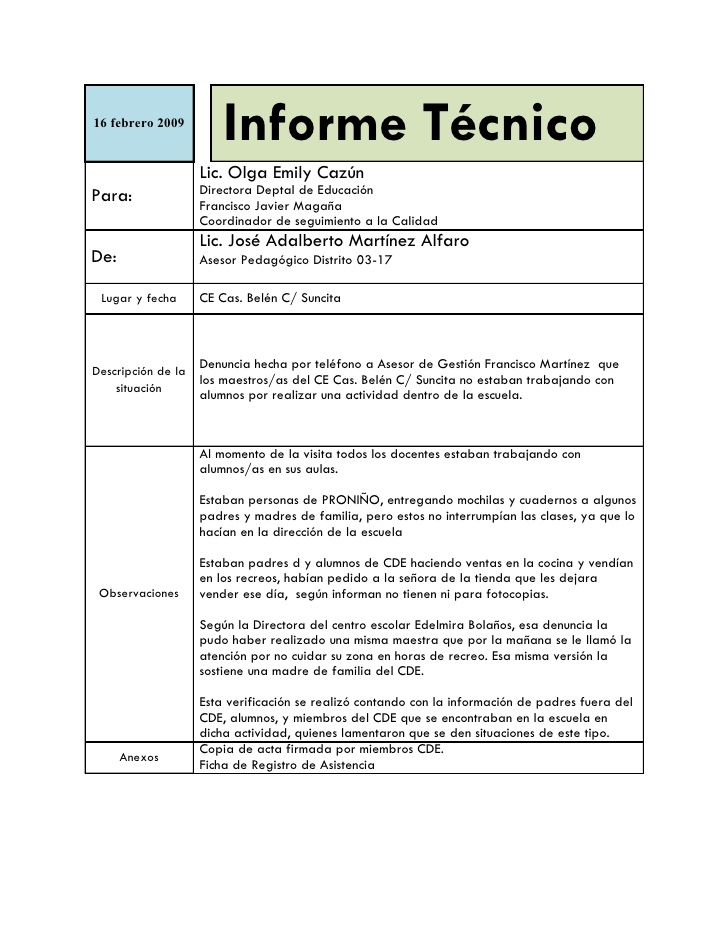 In its broadest sense, the term restore is used when you want to account for the return of a thing to the state or circumstance in which it was before.
In its broadest sense, the term restore is used when you want to account for the return of a thing to the state or circumstance in which it was before.
"The main motivation of the meeting of the heads of state is to restore peace in the region that was interrupted by the strong fight between the two antagonistic groups."
Putting value on a work of art or recovering the state of some other good without losing its original essence
But the word is also used very frequently when one wants to refer to the repair of a painting, a sculpture, a piece of furniture or a building, that is, its putting into value, which had been lost as a result of breakage or wear and tear over time. "The facade of the building is in the process of restoration."
Common practice in art, industry, and interior design
The conservation and restoration of works of art is the set of processes that are carried out with the aim of preserving those cultural assets with a view to the future, restoring them not only their functionality but also their originality. The activities included are: examination, documentation, treatment, prevention and care. Meanwhile, such activity is carried out by a qualified professional for such a task.
When restoration is carried out on industrial products, the mission will be to restore the function of the product or to revalue its aesthetic appearance, on the other hand, when it comes to works of art, the restoration of the function becomes secondary, being the preservation and conservation of the work in question the main thing.
In interior design or decoration, as a consequence of the relevance and demand that the vintage decorative trend has reached today, the issue of restoring antique furniture and objects has become a very common issue, and a service that many professionals dedicated to the area offer them to their clients.
The public is attracted to antique furniture and objects due to the design, quality and history they emanate, so these types of pieces are in great demand today, but of course, many of them are not in optimal states of use, and to a greater or lesser extent they need a restoration that restores their functionality, and why not also a renewal in their aesthetics through a current patina, in the case of a piece of furniture, or a modern upholstery on chairs or sofas.
Although furniture and antique objects enjoy an important monetary value due to their scarcity, they continue to be an alternative that many choose for what we mentioned, for the originality and aesthetic imprint that they provide in any setting.
On the other hand, in some markets dedicated exclusively to the commercialization of these products it is possible to "negotiate" the value with the seller and then they end up being a good option compared to new products, which for the most part do not offer reductions in their values.
Replacement of a government that was promptly displaced
And also, at the end it has been used, when appropriate, to account for the reestablishment in a country of that political regime, or failing that, of the ruling house, which ruled at one time and were replaced by others.
"The restoration of democracy brought joy to society."
At the behest of politics, restoration implies that a political regime that was eventually displaced returns to power.
One of the most emblematic cases in history is the restoration of monarchical absolutism in France, which was forcibly removed from power when the French Revolution broke out and its airs of changes in every sense, but later, in 1814, when Napoleon Bonaparte abdicates, restores itself as a form of government.
In any case, it would last a sigh since the ideals of freedom and rights had penetrated so deeply in the population that it was difficult to accept the return to that already obsolete form of government.
Another example that we can cite is that of the restoration of the democratic system in Latin American countries that during the seventies of the last century knew how to be the object of the government of military dictatorships, most of them very bloody.
The case of Argentina has been one of the most popular in this sense due to the state terrorism exercised by the military dictatorship between 1976 and 1983 that it governed.
In other words, and ultimately, this concept can be applied to material issues such as goods or objects but also to immaterial things such as peace, feelings, relationships, among others.









